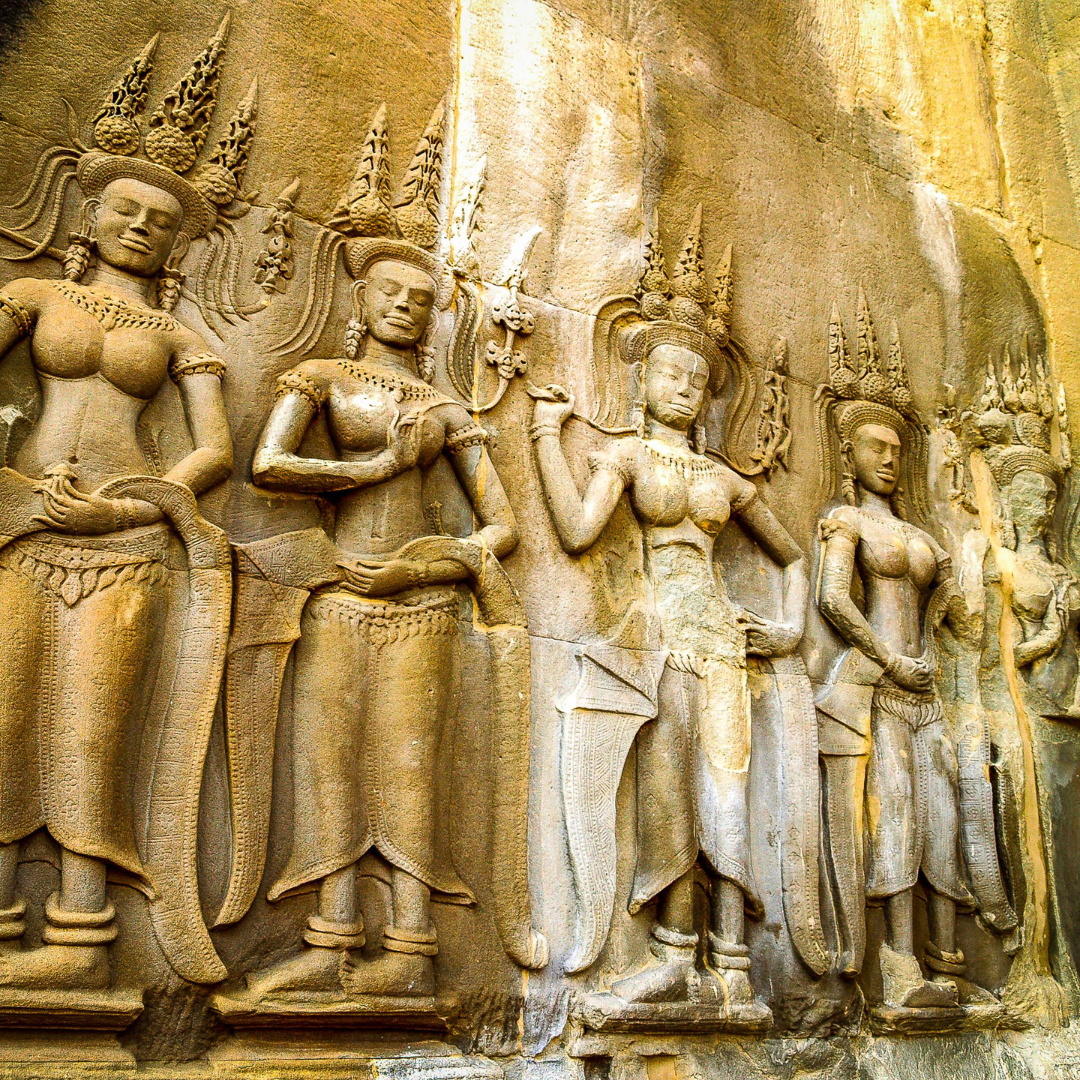Angkor by Water: River and Lake Routes to Approach the Ancient Temples

The Angkor temple complex, a UNESCO World Heritage Site in Cambodia, is the world’s largest religious monument. While many visitors explore its grandeur on foot or by tuk-tuk, few are privy to the unique experience of approaching these historic temples from the water. Encompassed by rivers, moats, and vast reservoirs, Angkor’s relationship with water runs deep. This article invites you on a unique journey, weaving through the watery tapestry that binds this ancient Khmer empire.
A Watery Approach to the World’s Largest Temple Complex
When it comes to the Angkor temples, water is not just an afterthought. It forms an integral aspect of its landscape, design, and historical narrative. Navigating through Siem Reap River or the vast Tonlé Sap Lake offers travelers an alternative, serene approach towards the temple complex. This route, dotted with floating villages and lush mangroves, provides a silent prelude to the architectural marvel that awaits.
The Historical Significance of Waterways in Angkor
Water has always been at the heart of Angkor’s existence. Historically, the Khmer empire’s capital was strategically located near the Tonlé Sap Lake, Southeast Asia’s largest freshwater lake. This proximity ensured abundant water supply for agriculture, promoting a prosperous society capable of building architectural wonders.
Waterways facilitated trade, connecting Angkor to other parts of Southeast Asia. The empire’s affluence and influence were, in many ways, a result of its water-bound geography.
Moats, Reservoirs, and the Hydraulic Marvels of Angkor
The Angkor complex isn’t just renowned for its magnificent temples but also its advanced water management system. Moats surrounding the temples like Angkor Wat weren’t mere aesthetic features; they represented sophisticated engineering skills. These moats provided water during droughts and acted as defense structures.
The Baray, or reservoirs, showcase the empire’s intricate understanding of hydraulics. The West Baray, for instance, covers 16 square kilometers, a testament to the Khmer’s engineering prowess.
Lesser-Known Temples by the Water’s Edge
Away from the main tourist trails lie hidden gems, temples nestled quietly by the water’s edge. The serenity of locations like Banteay Kdei, surrounded by its own moat, and the isolated island temple of Neak Pean, offer a tranquil experience away from the crowds. These water-bound sanctuaries, reflecting the azure skies, make for a contemplative visit.
The Spiritual and Aesthetic Connection of Water and Stone
Water in Angkor wasn’t just about utility; it was deeply symbolic. Water bodies represented the cosmic sea, and temples symbolized the mythical Mount Meru, the home of the gods in Hindu tradition. This celestial alignment showcased the Khmer king’s divine rule.
Aesthetically, water accentuates Angkor’s beauty. Whether it’s the reflection of Angkor Wat at sunrise in the nearby pond or the tranquil settings of Ta Prohm mirrored in its surrounding moat, the interplay of water and stone is mesmerizing.
Guided Boat Tours and DIY Adventures
For those looking to explore Angkor via its waterways, there are multiple options. Guided boat tours offer insightful narratives on the historical and cultural significance of the region. These tours often include stops at lesser-known temples and floating villages, enriching the experience.
For the more adventurous, renting a canoe or kayak allows for a personalized journey, navigating the quiet water channels at one’s own pace.
Reflections: The Temples’ Beauty in the Waterscape
The ethereal beauty of Angkor’s temples is amplified when viewed from its waterways. The still waters mirror the intricate stone carvings, the towering spires, and the sprawling tree roots enveloping the ruins. It’s a view that few tourists experience – a reflective journey into Angkor’s spiritual soul.
Navigating the waterways that cradle the Angkor temples offers an unmatched perspective into the profound relationship between nature, architecture, and spirituality. It’s a communion of the senses, where the gentle ripple of water, the distant sound of temple bells, and the visual magnificence of stone structures transport visitors to a bygone era of grandeur. In the heart of Cambodia, water and stone converge, narrating tales of divinity, human ambition, and the timeless dance of civilizations.


